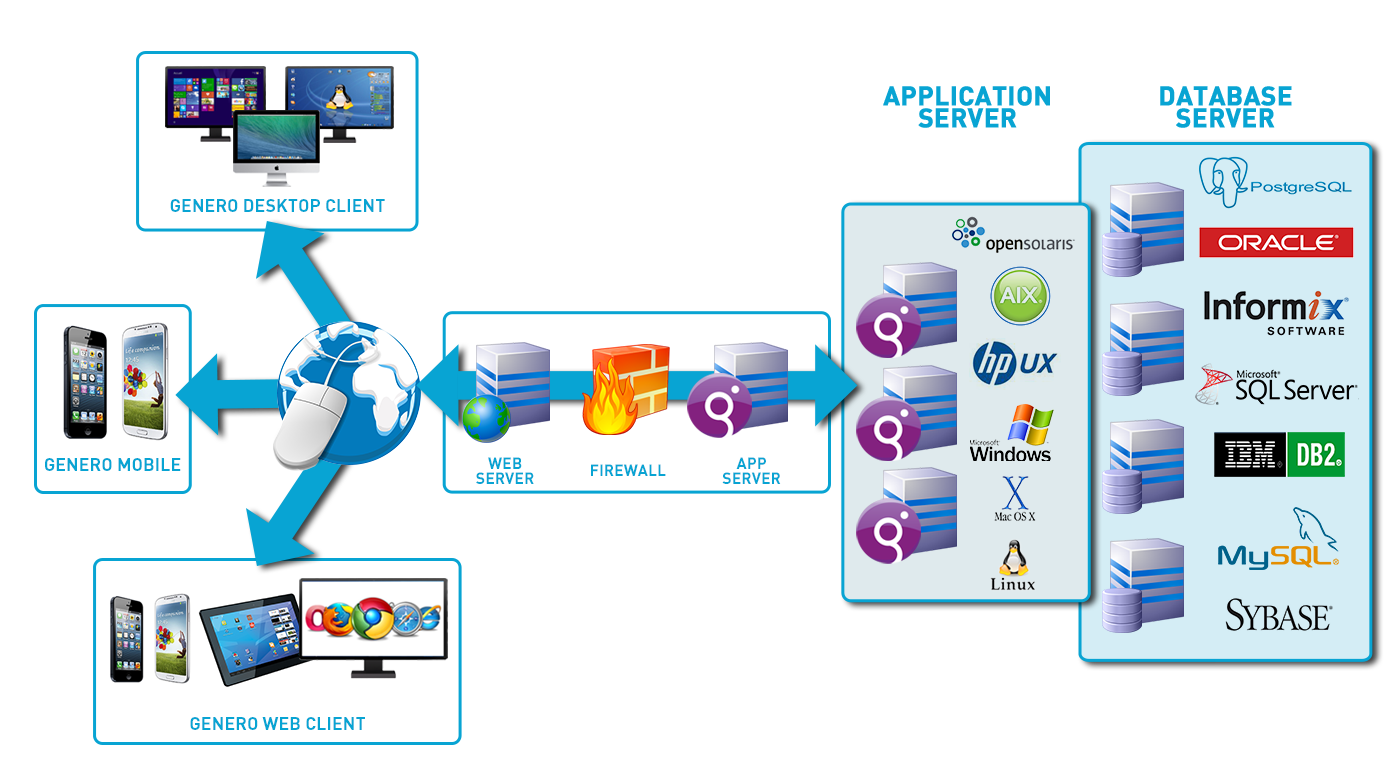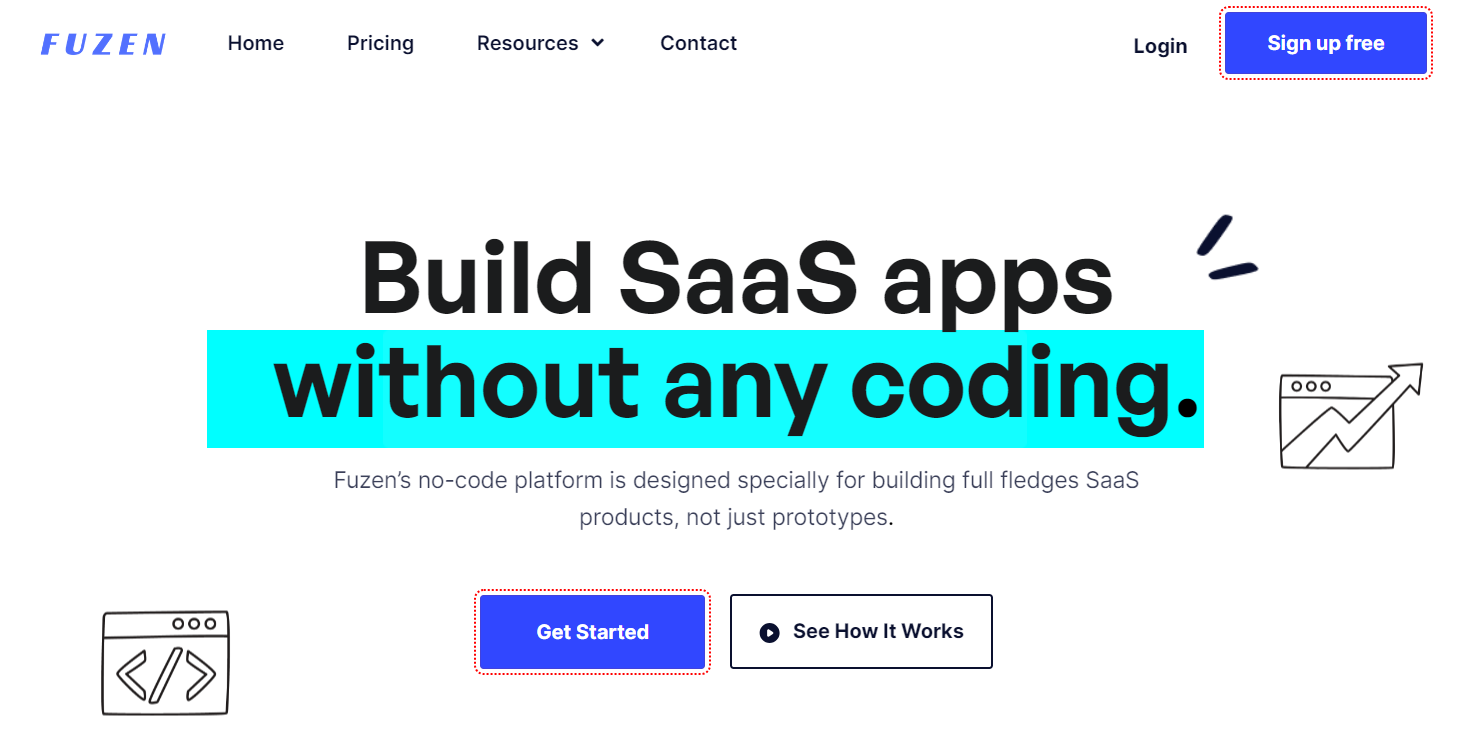No-Code Solutions for Open System Data Source Development: Develop Without Coding Skills
No-Code Solutions for Open System Data Source Development: Develop Without Coding Skills
Blog Article
A Comprehensive Guide to Executing Scalable Data Sources Without the Demand for Coding Competence
In the contemporary landscape of data monitoring, the capability to implement scalable databases without coding expertise is coming to be progressively necessary for organizations of all sizes. This overview intends to brighten the process, concentrating on easy to use devices and intuitive interfaces that debunk data source setup. By examining vital functions, reliable techniques for implementation, and best practices for continuous monitoring, we will certainly address exactly how even non-technical individuals can with confidence browse this complex terrain. What are the crucial aspects that can absolutely empower these individuals to utilize scalable databases efficiently? The answers might redefine your strategy to data management.
Understanding Scalable Data Sources
In the realm of modern information management, scalable data sources have become an essential option for organizations seeking to take care of boosting volumes of information successfully. These data sources are designed to suit growth by enabling for the seamless addition of resources, whether through straight scaling (adding extra machines) or upright scaling (updating existing machines) This flexibility is vital in today's fast-paced digital landscape, where data is created at an extraordinary price.
Scalable data sources normally use distributed architectures, which enable information to be spread across several nodes. This circulation not just boosts performance yet also offers redundancy, making sure data availability even in case of hardware failures. Scalability can be a crucial variable for numerous applications, consisting of e-commerce platforms, social networks networks, and large data analytics, where customer demand can rise and fall considerably.
Additionally, scalable databases usually include durable information consistency designs that balance performance and dependability. Organizations has to consider their details demands, such as read and write speeds, information honesty, and mistake resistance when picking a scalable database service. Eventually, understanding the underlying principles of scalable databases is crucial for services aiming to flourish in an increasingly data-driven world.
Trick Attributes to Try To Find
When assessing scalable data sources, numerous essential attributes are critical to guaranteeing optimal performance and integrity. Consider the architecture of the database. A distributed architecture can boost scalability by allowing information to be saved throughout numerous nodes, helping with seamless information access and handling as need boosts.
Another vital attribute is data partitioning, which allows effective administration of huge datasets by splitting them right into smaller, more workable items (no-code). This method not just boosts efficiency yet also streamlines source allowance
In addition, search for robust duplication capacities. This feature makes sure data redundancy and high availability, lessening downtime throughout maintenance or unforeseen failures.
Efficiency monitoring devices are also important, as they provide real-time understandings right into system health and operational performance, permitting timely changes to maintain optimum performance.

User-Friendly Data Source Equipment
Simplicity is a vital component in the layout of easy to use database devices, as it improves accessibility for individuals with differing degrees of technological competence. no-code. These tools focus on instinctive user interfaces, enabling users to create, take care of, and query data sources without needing substantial shows knowledge
Secret functions normally consist of drag-and-drop functionality, visual data modeling, and pre-built design templates that improve the arrangement procedure. Such devices frequently provide guided tutorials or onboarding processes that facilitate customer interaction and decrease the discovering contour. In addition, seamless integration with prominent data resources and services makes certain that users can quickly import and export data, further streamlining operations.

Furthermore, durable assistance that site and community sources, such as discussion forums and paperwork, boost the individual experience by supplying assistance when needed. Overall, user-friendly data source tools equip companies to harness the power of scalable data sources, making information management accessible to every person included.
Step-by-Step Execution Guide
Exactly how can organizations successfully apply scalable databases to fulfill their expanding data requirements? The procedure begins with identifying specific data demands, consisting of the quantity, range, and velocity of data that will certainly be refined. Next off, organizations should assess user-friendly database devices that supply scalability attributes, such as cloud-based services or managed data source solutions.
Once the appropriate device is selected, the next action includes setting up the data source environment. This includes establishing circumstances, defining customer consents, and establishing data frameworks that line up with business goals. Organizations should after that migrate existing data into the brand-new system, ensuring information honesty and marginal interruption to operations.
Post-migration, performing extensive testing is critical; this consists of efficiency testing under numerous tons conditions to guarantee the system can manage future development - no-code. In addition, it is essential to train team on the data source monitoring interface to help with seamless use
Best Practices for Management
Reliable monitoring of scalable data sources requires a critical technique that prioritizes ongoing tracking and optimization. To achieve this, organizations need to implement robust monitoring tools that offer real-time understandings into data source efficiency metrics, such as query action times, source utilization, and transaction throughput. Regularly analyzing these metrics can help recognize traffic jams and locations for renovation.

Routine back-ups and disaster recovery strategies are vital to this hyperlink protect data honesty and availability. Establishing a regular for testing these back-ups will make certain a dependable recuperation procedure in instance of an unanticipated failing.
In addition, efficiency adjusting need to be a continuous procedure. Readjusting indexing methods, maximizing inquiries, and scaling resourcesâEUR" whether up and down or horizontallyâEUR" will certainly aid preserve optimum performance as use needs advance.
Lastly, promoting a society of expertise sharing among employee will enable continuous learning and adaptation, making certain that the management of scalable databases continues to be effective and efficient with time.
Final Thought
In conclusion, the application of scalable databases can be properly attained without coding proficiency through the utilization of user-friendly interfaces and user-friendly devices. By adhering to the described methods for setup, data movement, and efficiency screening, people can browse the complexities of database management easily. Highlighting finest practices for recurring maintenance and collaboration additional enhances the capacity to manage scalable databases effectively in a quickly advancing data-driven environment.
In the modern landscape of information management, the capacity to implement scalable databases without coding proficiency is ending up being increasingly visit homepage essential for companies of all sizes.In the world of contemporary data monitoring, scalable data sources have emerged as an important service for organizations looking for to take care of increasing quantities of information successfully.Moreover, scalable databases typically include durable information uniformity designs that balance performance and reliability.Just how can companies efficiently apply scalable data sources to fulfill their expanding data needs? Next off, companies need to assess straightforward data source tools that provide scalability features, such as cloud-based remedies or handled data source solutions.
Report this page